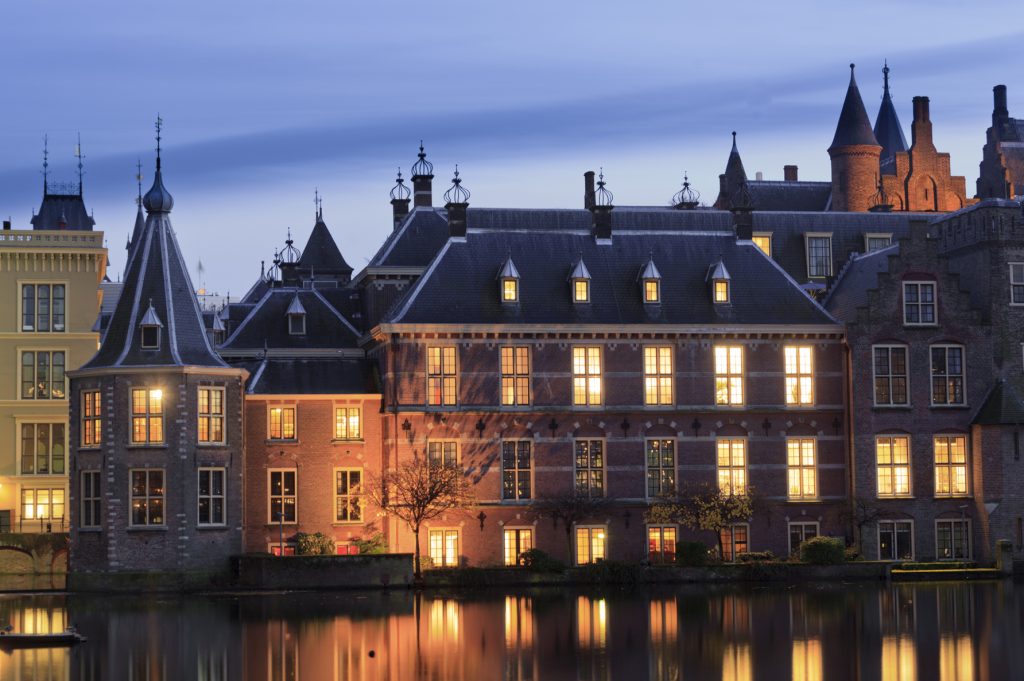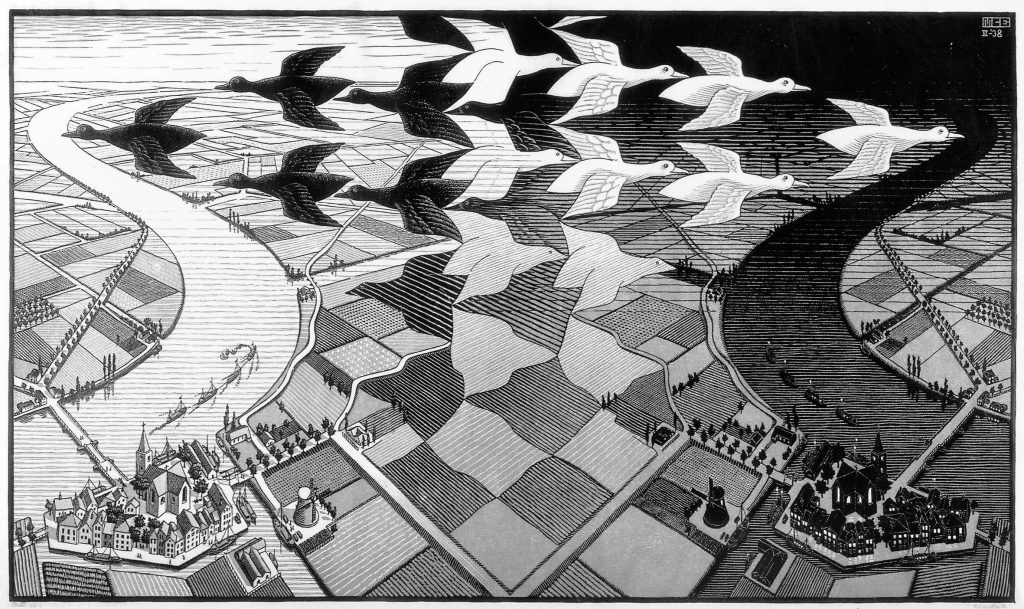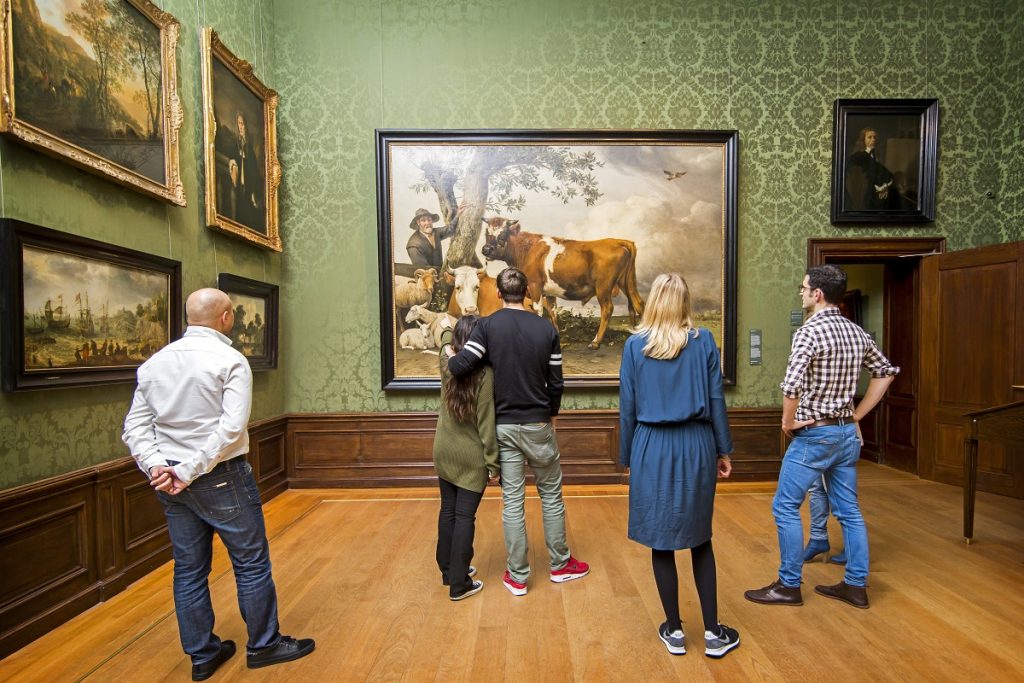Indulge your passion in Holland
Whether it’s art, architecture, canals, cycling or tulips that motivate you to visit, let that be the inspiration for planning your perfect trip. A short 30-minute train journey shows just how compact the different cities in Holland actually are making it easy to travel from one city to the next. Discover a welcoming nation and
Whether it’s art, architecture, canals, cycling or tulips that motivate you to visit, let that be the inspiration for planning your perfect trip.

A short 30-minute train journey shows just how compact the different cities in Holland actually are making it easy to travel from one city to the next. Discover a welcoming nation and experience Holland’s unique icons and diverse cities. Holland. As compact as a city.
If the arts are your passion why not take in a trip to see some of the renowned Dutch Masters in The Hague? The Hague has a vast selection of museums and galleries to visit, here are three key institutions and collections that highlight the works of Dutch Masters old and modern:
Escher in the Palace, The Hague
The Museum is housed in a former Royal palace and is dedicated to the work of the world famous graphic artist M.C. Escher (1898-1972). Nearly all his prints are exhibited for example: Belvedere, Drawing Hands, Waterfall and Ascending and Descending. This remarkable permanent exhibition gives an insight into how Escher changed fishes into birds, made water flow upstream and showcases his lesser known, but attractive early Italian landscapes. On the first (main) floor you can see how Escher’s work progressed from depicting the real world to his fantasy worlds. Optical illusions abound in his work and the presentation on the second floor shows his more playful side working with reflection, perception and perspective.

The former winter palace, which houses the exhibition, was bought and extensively altered by Queen Emma in 1896, the great-great-grandmother of today’s King of the Kingdom of the Netherlands, Willem Alexander. Queen Emma’s successors (Queens Wilhelmina, Juliana and Beatrix) used the palace as their main office. Queen Juliana was the first monarch to depart from the palace in her golden carriage on ‘Prinsjesdag’ (Princes Day) for the official opening of parliament.
Gemeentemuseum, The Hague
This is one of the largest modern art collections in Holland housed in a building designed by the Dutch architect H.P. Berlage. The museum is home to the world’s largest collection of works by De Stijl artists including Piet Mondrian. The collection displays examples of Mondrian’s early figurative works depicting windmills, polders and Dutch landscapes through to experiments in Cubism featuring trees and landscapes and on to his famous non-representational pieces with one of the finest examples being Victory Boogie Woogie (1942-44). In 2017, Holland celebrates the 100th anniversary of the Dutch artistic movement De Stijl. The Gemeentemuseum will commemorate this with an exhibition displaying their entire collection of Mondrian works numbering in excess of 300 pieces.
The Mauritshuis, The Hague

The Mauritshuis picture gallery displays some of the finest examples of Dutch painting from the Golden Age. The compact, world-renowned collection, is situated in the heart of The Hague. Masterpieces such as Vermeer’s Girl with a Pearl Earring, The Anatomy Lesson of Dr. Nicolaes Tulp by Rembrandt, The Goldfinch by Fabritius and The Bull by Potter are on permanent display in the intimate museum rooms of this seventeenth-century house. More than two hundred top works from Dutch and Flemish masters have a place within the classic interior, which exudes a relaxed atmosphere with its silken wall coverings, chandeliers and monumental painted ceilings. Other artists works on display include Coorte, Rubens, Ruysdael and Jan Steen.
The Mauritshuis has been situated at the Hofvijver in The Hague, for more than three-and-a-half centuries. The current museum was originally built as private home for earl Johan Maurits of Nassau Siegen. Maurits, the governor of the Dutch colony in Brazil chose the best architect of his time for the classical building: Jacob van Campen. In 1822, the Mauritshuis became a museum, and it has since housed what was originally the royal collection.
Asian Wonders & Arabian Delights
- 20 nights, departs on the 05 Apr 2024
- Regent Seven Seas Cruises, Seven Seas Navigator
- Laem Chabang, Laem Chabang, Ko Samui, + 18 more
North Pacific Passage
- 18 nights, departs on the 13 Apr 2024
- Regent Seven Seas Cruises, Seven Seas Explorer
- Tokyo, Hitachinaka, Miyako, Iwate, + 16 more
Whale Watching Expedition
- 7 nights, departs on the 01 May 2024
- Regent Seven Seas Cruises, Seven Seas Explorer
- Vancouver, British Columbia, , Ketchikan, Alaska, + 5 more
Ocean Air & Spanish Flair
- 14 nights, departs on the 10 Apr 2024
- Regent Seven Seas Cruises, Seven Seas Grandeur
- New York, New York, , Kings Wharf, + 12 more
